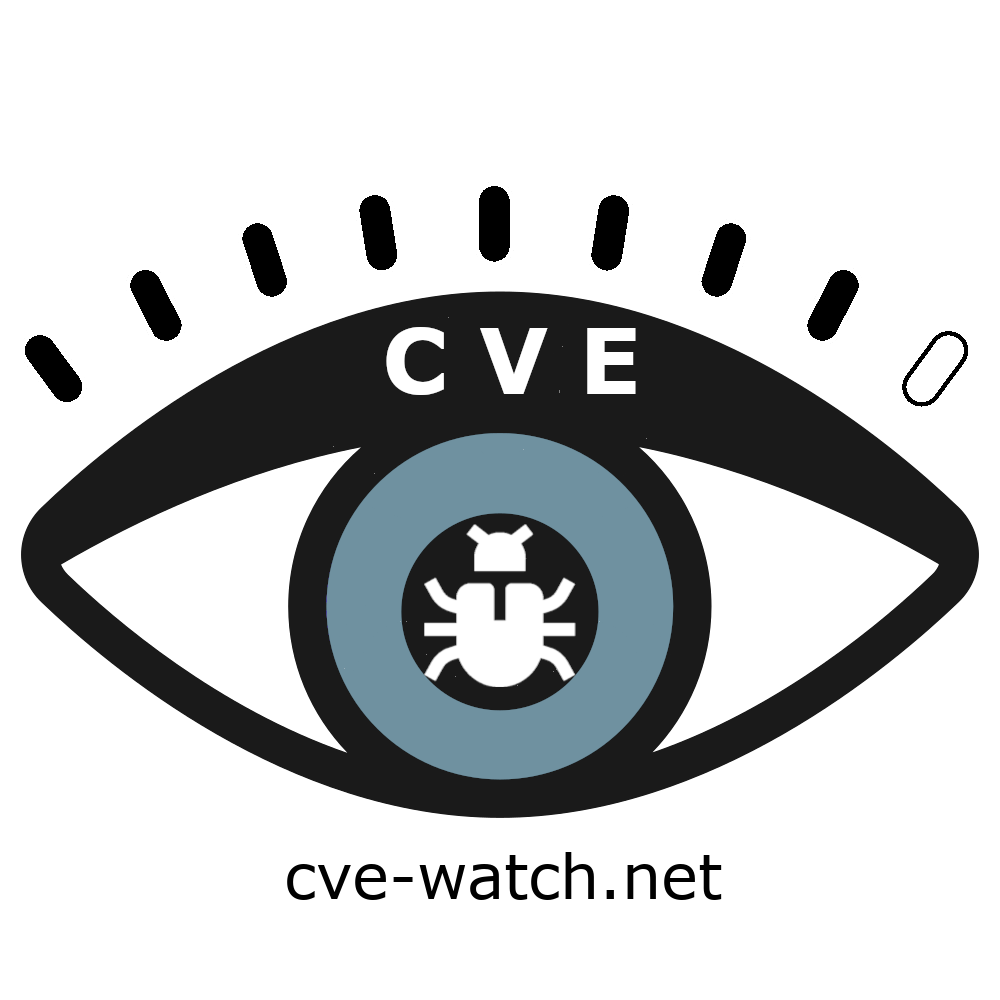This is a list of CVEs that are published by MITRE/nist.gov.
CVSS:3.1/AV:L/AC:L/PR:L/UI:N/S:U/C:H/I:H/A:H
CVSS Version 2.0 Metrics
 Access Vector: Local
Access Vector: Local A vulnerability exploitable with only local access requires the attacker to have either physical access to the vulnerable system or a l ocal (shell) account. Examples of locally exploitable vulnerabilities are peripheral attacks such as Firewire/USB DMA attacks, and local privilege escalations (e.g., sudo).
A vulnerability exploitable with only local access requires the attacker to have either physical access to the vulnerable system or a l ocal (shell) account. Examples of locally exploitable vulnerabilities are peripheral attacks such as Firewire/USB DMA attacks, and local privilege escalations (e.g., sudo). Possible Values:
L (Local) A vulnerability exploitable with only local access requires the attacker to have either physical access to the vulnerable system or a l ocal (shell) account. Examples of locally exploitable vulnerabilities are peripheral attacks such as Firewire/USB DMA attacks, and local privilege escalations (e.g., sudo). | |
A (Adjacent Network) A vulnerability exploitable with adjacent network access requires the attacker to have access to either the broadcast or collision domain of the vulnerable software. Examples of local networks include local IP subnet, Bluetooth, IEEE 802.11, and local Ethernet segment. | |
N (Network) A vulnerability exploitable with network access means the vulnerable software is bound to the network stack and the attacker does not require local network access or local access. Such a vulnerability is often termed "remotely exploitable". An example of a network attack is an RPC buffer overflow. |
 Access Complexity: Low
Access Complexity: Low Specialized access conditions or extenuating circumstances do not exist. The following are examples:
- The affected product typically requires access to a wide range of systems and users, possibly anonymous and untrusted (e.g., Internet-facing web or mail server).
- The affected configuration is default or ubiquitous.
- The attack can be performed manually and requires little skill or additional information gathering.
- The race condition is a lazy one (i.e., it is technically a race but easily winnable).
Specialized access conditions or extenuating circumstances do not exist. The following are examples:
- The affected product typically requires access to a wide range of systems and users, possibly anonymous and untrusted (e.g., Internet-facing web or mail server).
- The affected configuration is default or ubiquitous.
- The attack can be performed manually and requires little skill or additional information gathering.
- The race condition is a lazy one (i.e., it is technically a race but easily winnable).Possible Values:
H (High) Specialized access conditions exist. For example: - In most configurations, the attacking party must already have elevated privileges or spoof additional systems in addition to the attacking system (e.g., DNS hijacking). - The attack depends on social engineering methods that would be easily detected by knowledgeable people. For example, the victim must perform several suspicious or atypical actions. - The vulnerable configuration is seen very rar ely in practice. - If a race condition exists, the window is very narrow. | |
M (Medium) The access conditions are somewhat specialized; the following are examples: - The attacking party is limited to a group of systems or users at some level of authorization, possibly untrusted. - Some information must be gathered before a successful attack can be launched. - The affected configuration is non-default, and is not commonly configured (e.g., a vulnerability present when a server performs user account authentication via a specific scheme, but not present for another authentication scheme). - The attack requires a small amount of social engineering that might occasionally fool cautious users (e.g., phishing attacks that modify a web browsers status bar to show a false link, having to be on someones buddy list before sending an IM exploit). | |
L (Low) Specialized access conditions or extenuating circumstances do not exist. The following are examples: - The affected product typically requires access to a wide range of systems and users, possibly anonymous and untrusted (e.g., Internet-facing web or mail server). - The affected configuration is default or ubiquitous. - The attack can be performed manually and requires little skill or additional information gathering. - The race condition is a lazy one (i.e., it is technically a race but easily winnable). |
 Authentication: None
Authentication: None Authentication is not required to exploit the vulnerability.
Authentication is not required to exploit the vulnerability.Possible Values:
M (Multiple) Exploiting the vulnerability requires that the attacker authenticate two or more times, even if the same credentials are used each time. An example is an attacker authenticating to an operating system in addition to providing credentials to access an application hosted on that system. | |
S (Single) The vulnerability requires an attacker to be logged into the system (such as at a command line or via a desktop session or web interface). | |
N (None) Authentication is not required to exploit the vulnerability. |
 Confidentiality Impact: Complete
Confidentiality Impact: Complete There is total information disclosure, resulting in all system files being revealed. The attacker is able to read all of the system's data (memory, files, etc.)
There is total information disclosure, resulting in all system files being revealed. The attacker is able to read all of the system's data (memory, files, etc.)Possible Values:
N (None) There is no impact to the confidentiality of the system. | |
P (Partial) There is considerable informational disclosure. Access to some system files is possible, but the attacker does not have control over what is obtained, or the scope of the loss is constrained. An example is a vulnerability that divulges only certain tables in a database. | |
C (Complete) There is total information disclosure, resulting in all system files being revealed. The attacker is able to read all of the system's data (memory, files, etc.) |
 Integrity Impact: Complete
Integrity Impact: Complete There is a total compromise of system integrity. There is a complete loss of system protection, resulting in the entire system being compromised. The attacker is able to modify any files on the target system.
There is a total compromise of system integrity. There is a complete loss of system protection, resulting in the entire system being compromised. The attacker is able to modify any files on the target system.Possible Values:
N (None) There is no impact to the integrity of the system. | |
P (Partial) Modification of some system files or information is possible, but the attacker does not have control over what can be modified, or the scope of what the attacker can affect is limited. For example, system or application files may be overwritten or modified, but either the attacker has no control over which files are affected or the attacker can modify files within only a limited context or scope. | |
C (Complete) There is a total compromise of system integrity. There is a complete loss of system protection, resulting in the entire system being compromised. The attacker is able to modify any files on the target system. |
 Availability Impact: Complete
Availability Impact: Complete There is a total shutdown of the affected resource. The attacker can render the resource completely unavailable.
There is a total shutdown of the affected resource. The attacker can render the resource completely unavailable.Possible Values:
N (None) There is no impact to the availability of the system. | |
P (Partial) There is reduced performance or interruptions in resource availability. An example is a network-based flood attack that permits a limited number of successful connections to an Internet service. | |
C (Complete) There is a total shutdown of the affected resource. The attacker can render the resource completely unavailable. |
Lorem Ipsum is simply dummy text of the printing and typesetting industry. Lorem Ipsum has been the industry’s standard dummy text ever since the 1500s, when an unknown printer took a galley of type and scrambled it to make a type specimen book. It has survived not only five centuries, but also the leap into electronic typesetting, remaining essentially unchanged. It was popularised in the 1960s with the release of Letraset sheets containing Lorem Ipsum passages, and more recently with desktop publishing software like Aldus PageMaker including versions of Lorem Ipsum.
